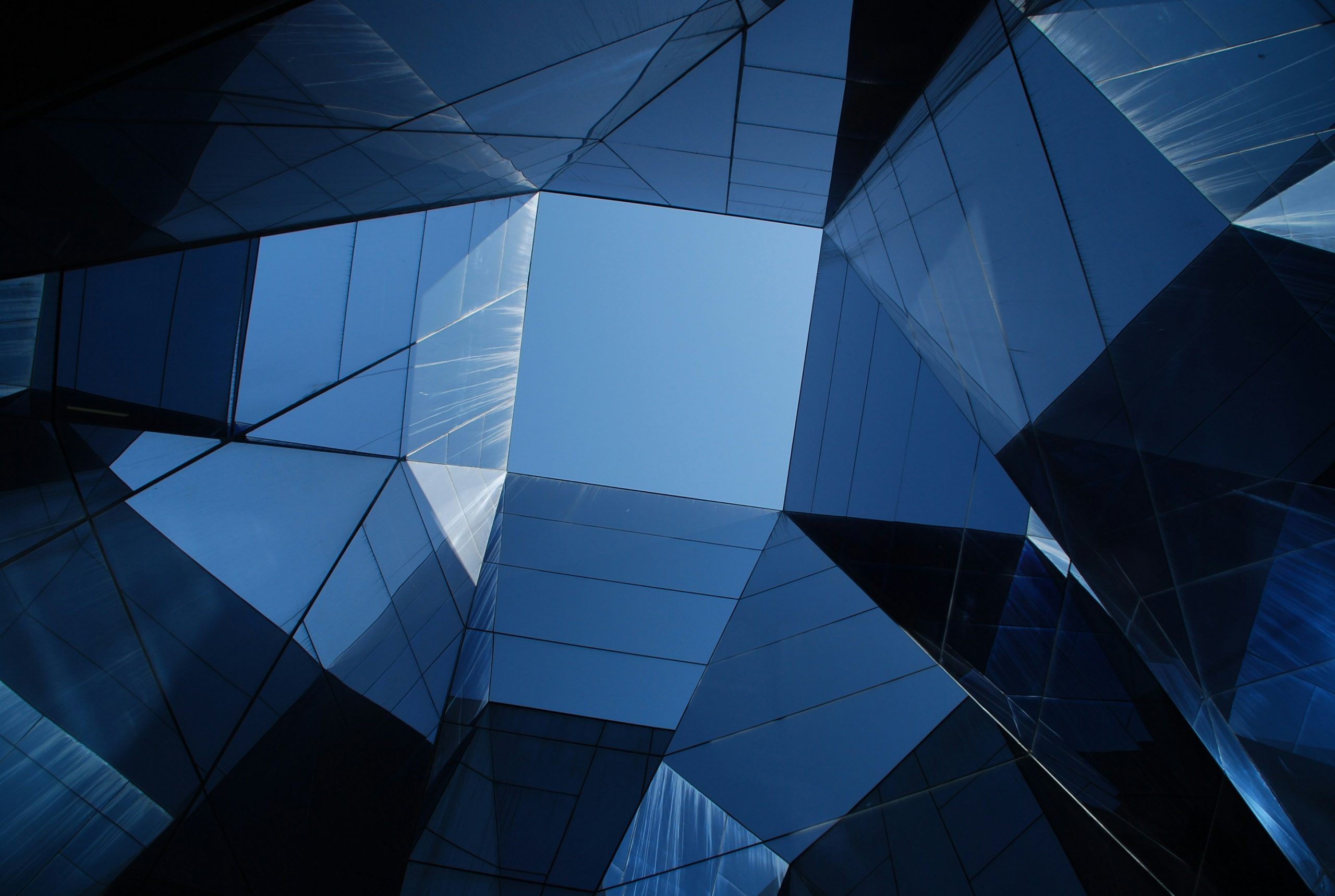Understanding climate change and the risks associated with it is crucial for effective decision making on a variety of levels, from the global to the local. With the advancement of artificial intelligence (AI) and machine learning, researchers are now able to analyze vast amounts of data and generate insights at an unprecedented pace.
Andrea Castelletti, professor of Natural Resources Management at Politecnico di Milano, Italy, lab head at the Environmental Intelligence Lab and coordinator and lead of Climate Intelligence (CLINT), explains how AI frameworks composed of Machine Learning techniques and algorithms can be used to process big climate datasets and therefore advance climate science in the detection, causation, and attribution of extreme events.
“Today, in the climate and environmental field, we have an availability of data that was unthinkable even just twenty years ago. This has presented an opportunity as it lends itself to using AI to explore climate issues and finding solutions,” says Castelletti.
“We now need to understand how to exploit this information and how to develop fast and effective control and optimization policies so that we can use it effectively.”
Has the way we look at climate issues changed with the rise of new technologies such as AI and machine learning?
We are in a period of great climatic and socio-economic upheaval, which has brought uncertainty and therefore makes engineering decision-making processes much more complex. However, we are also in a period of exponential growth in technological development.
Can you give an example of how this interplay between uncertainty and improved technology is manifesting in the real world?
In the past, engineers worked with very large margins for error to be able to manage the risks that came with uncertainty. Today, we have more uncertainty due to ongoing changes and transformations and oversizing might not be a feasible and sustainable option any longer. Deep uncertainty is challenging engineering design.
From a methodological point of view this means we must develop the mathematical and analytical tools that allow us to manage future climate, socio-economic and technological scenarios in the most efficient way possible and make robust decisions.
And this doesn’t just pertain to single projects such as works of infrastructure but can also be used to look at the global impacts of local projects or local impacts of global projects.
In terms of climate science, what does this mean?
We know that modern climate models perform generally very well. Yet they struggle in predicting extreme events in some regions and some periods of the year. The idea is to understand whether these weaknesses can be relaxed by supplementing these models with AI.
At CLINT and Environmental Intelligence Lab, we work in collaboration with climatologists to create AI-enhance climate forecasts and projections, and then use them to inform decision making for water, energy and food systems.
What we are trying to understand is not only whether this kind of matching between climate science and AI will improve the accuracy of forecasts and projections but also quantify this improvement in terms of operational value and impact on decisions.
What do you mean by operational value?
This refers to the value of forecast in decision making processes, which is something beyond just accuracy. When you are involved in making decisions on critical issues, such as managing a given climate emergency, the operational value of forecast guides you towards more impactful decisions.
What are some of the main obstacles to effective decision-making when it comes to climate issues?
The key is to first recognize that the world is changing and identify the greatest risks that will come with this change, and then try to find solutions that are robust, in the sense that they narrow down the uncertainty around the outcome of a decision as much as possible.
This will also require a certain amount of flexibility and recognizing that, in reality, each decision has to be part of a sequence of decisions. These sequences must be flexible, meaning that if you realize that your prediction of how the uncertainty would evolve is wrong, and therefore a certain decision no longer gives the desired outcome, through flexibility, you can create solutions that can be recomposed and revised in the future.
This is something that, from a methodological point of view, is very, very difficult to deal with.
How does AI help us deal with this?
Many times, climate processes lead back to physical processes, and you can link variables and see a clear cause-effect process. However, since the climate is incredibly complex, we cannot consider it a deterministic system, and there are clearly many causal links that are not fully known.
Traditional science has always been based on finding these kinds of links by proceeding in a scientific way: one makes assumptions about the production of a signal and then tries to falsify it in some way by collecting data and making observations. AI helps us to amplify and speed up the scientific process by working with a larger amount of data and automatically extracting possible connections or links between variables and processes.
Is the key to extract value from this large amount of data?
Today, in the climate and environmental field, we have an availability of data that was unthinkable even just twenty years ago. This has presented an opportunity as it lends itself to using AI to explore climate issues and find solutions.
We now need to understand how to exploit this information, and how to develop fast and effective control and optimization policies so that we can use it effectively.

Andrea Castelletti is a professor of Natural Resources Management and Environmental Systems Analysis at Politecnico di Milano, Italy, lab head at the Environmental Intelligence Lab and coordinator and lead of Climate Intelligence, explains how AI frameworks composed of Machine Learning techniques and algorithms can be used to process big climate datasets and therefore advance climate science in the detection, causation, and attribution of extreme events.






